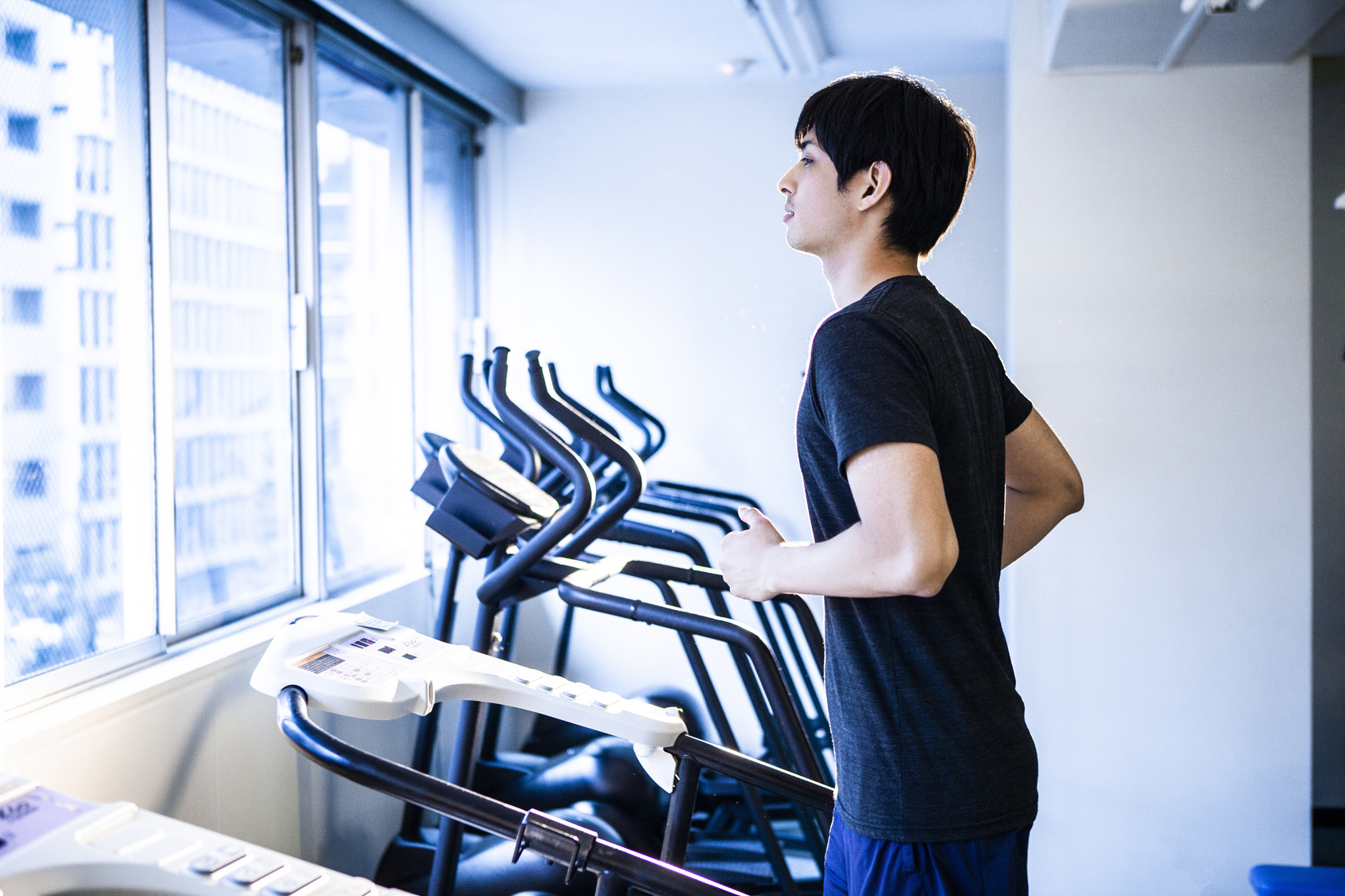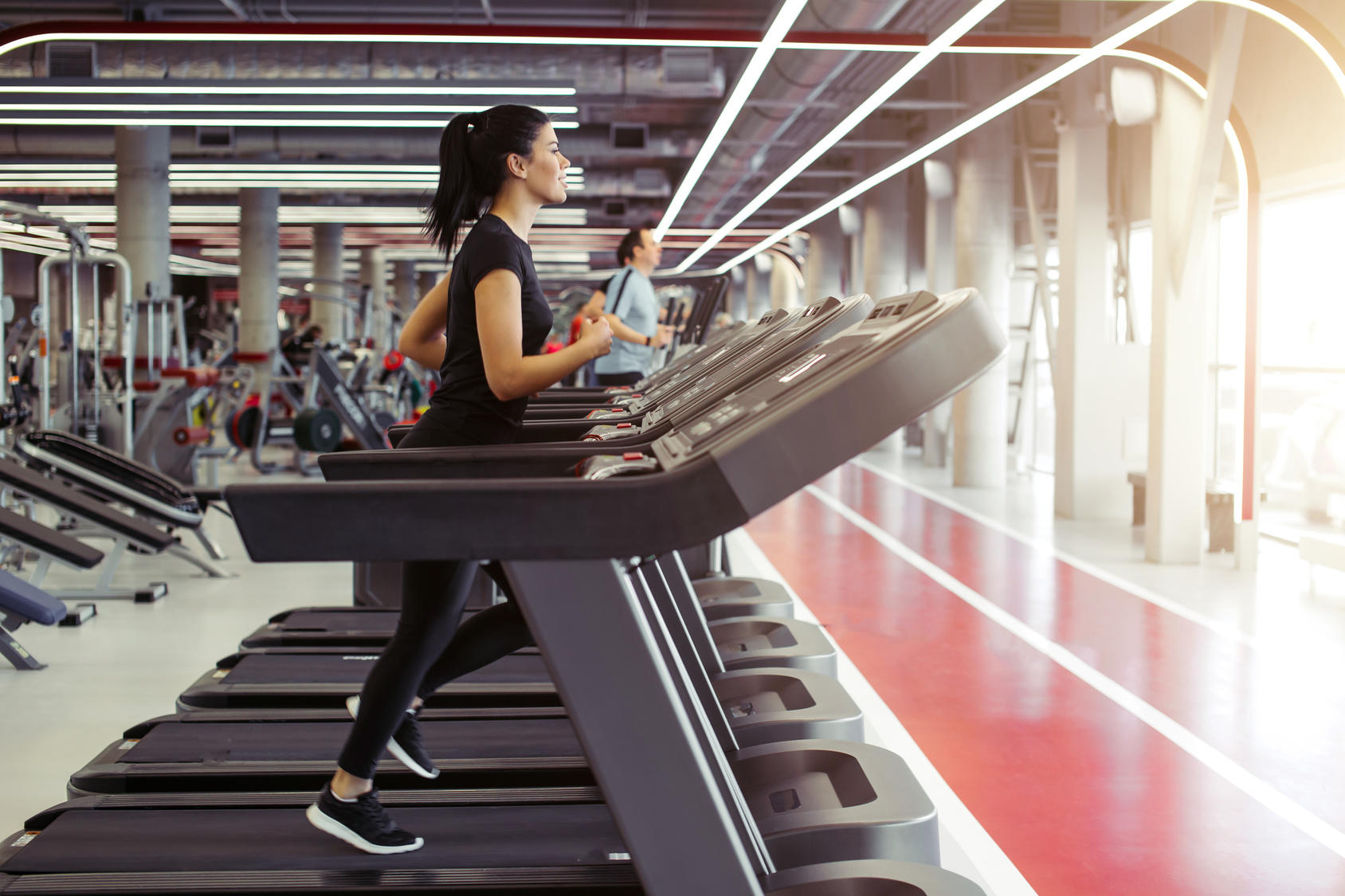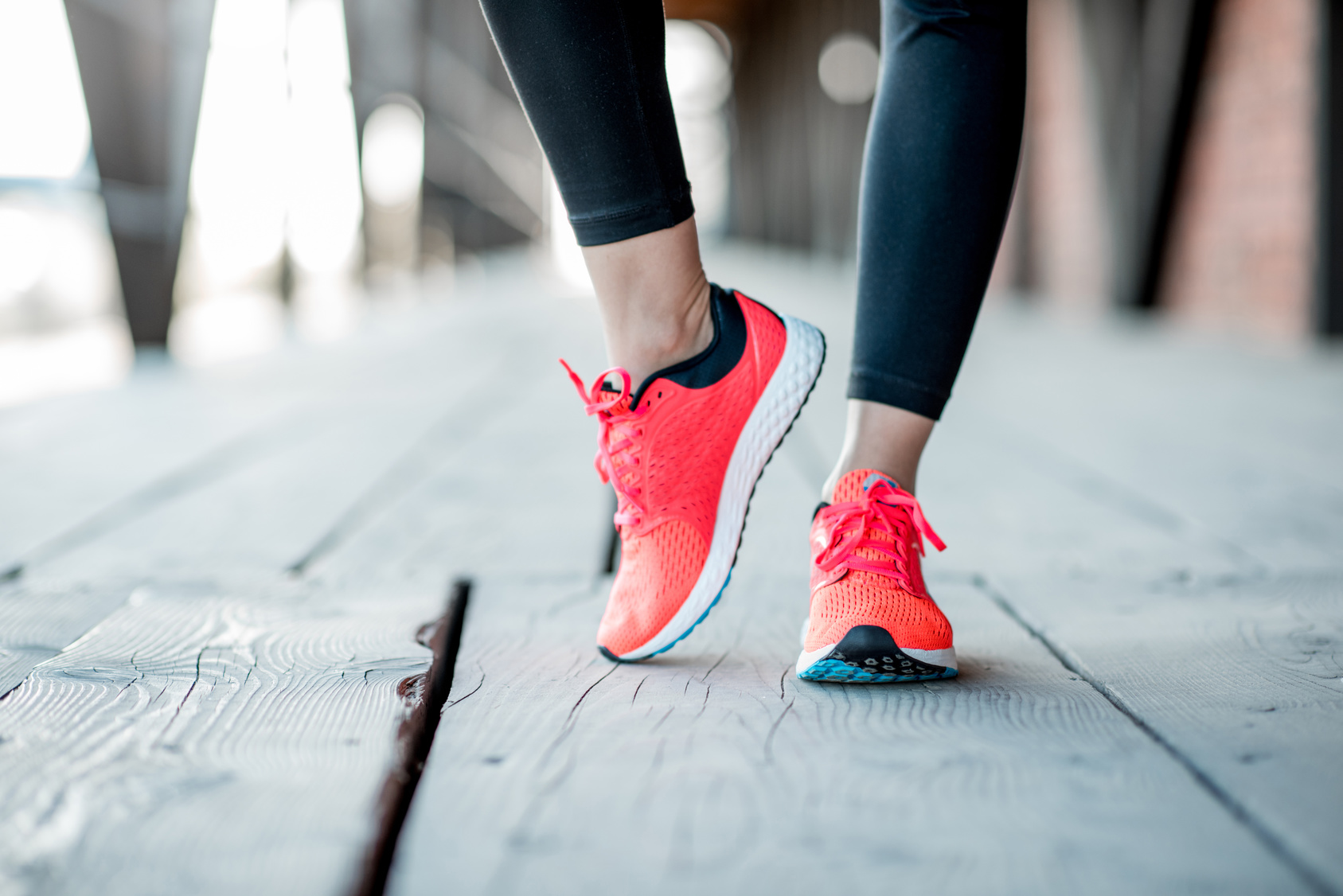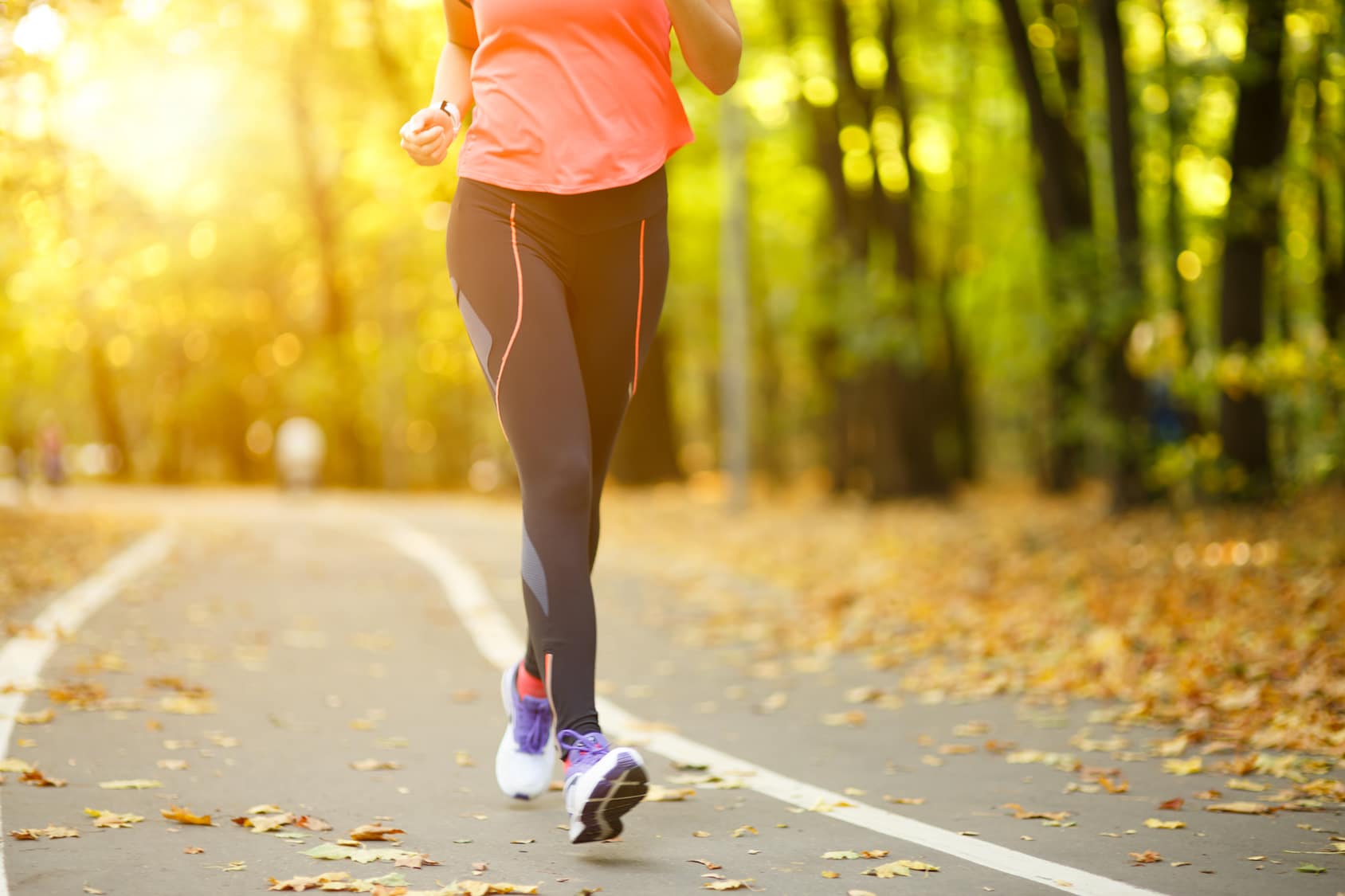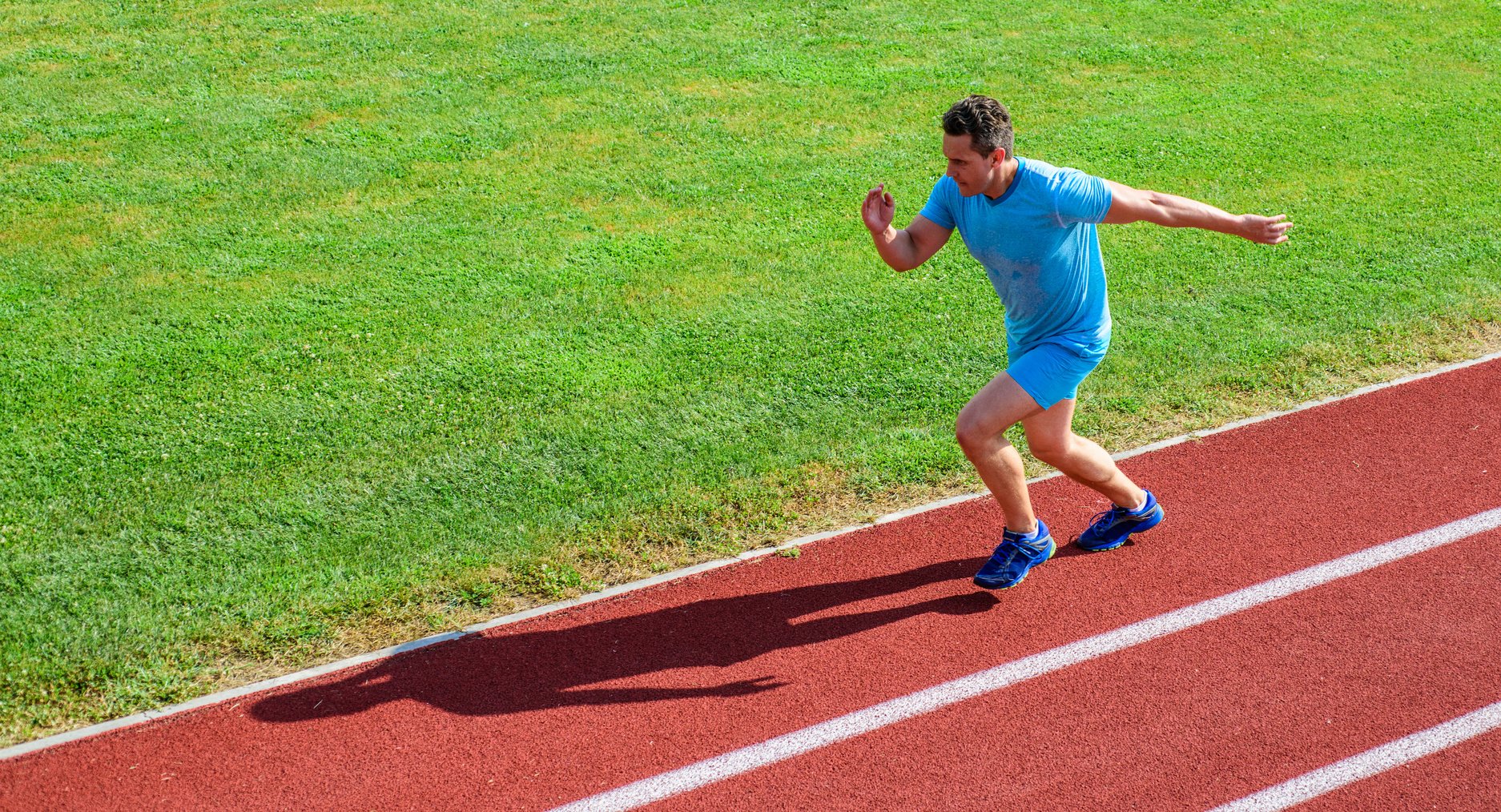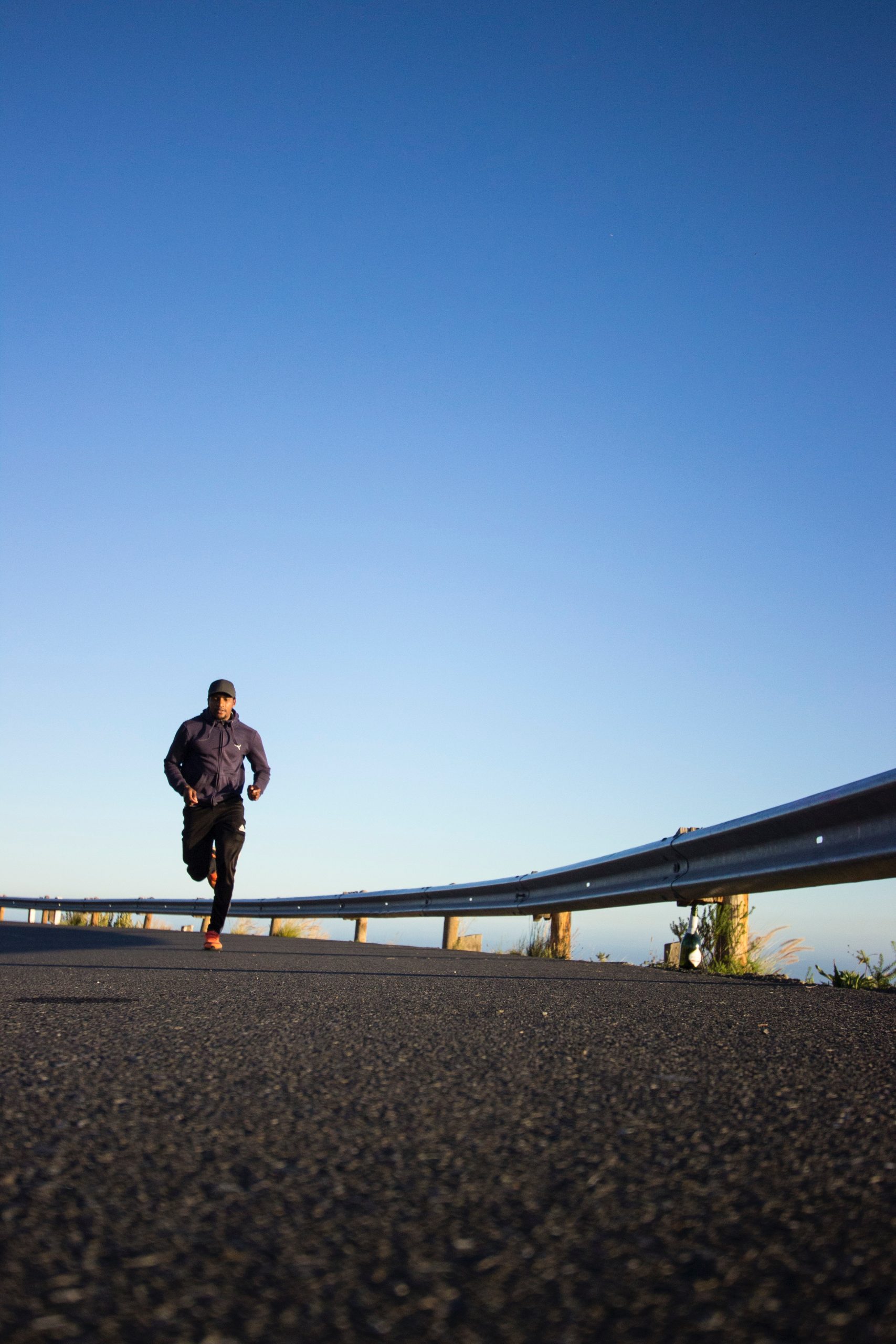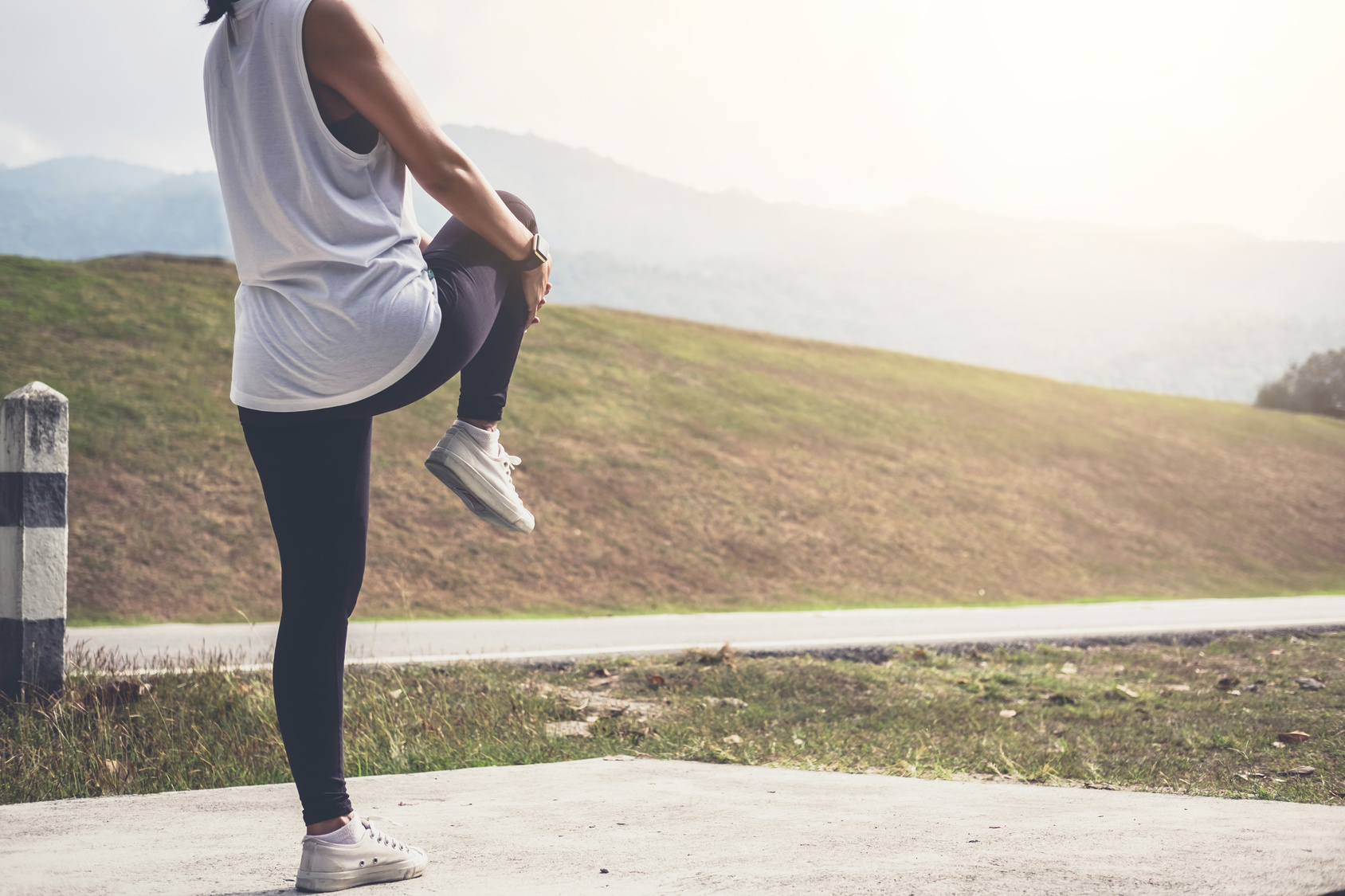Wondering how to manage a pulled calf muscle from running? Then you have come to the right place.
Calf pulls in runners are no joke. They can be agonizingly painful and, if left untreated, cause all sorts of issues going forward. But they also respond well to treatment, and there are many measures you can take to reduce your risk of re-injury.
In today’s post, I’ll share a few practical tips to help guide you through the treatment and prevention of calf injury while running.
Although it’s not an in-depth piece about the science of calf pain and rehab, it should give you a clear idea of how to proceed, especially during the early stages of managing a calf tear.
What’s The Calf Muscle?
The calf muscles are a runner’s body’s most important yet neglected areas.
The calf muscles are found in the lower leg behind the shin bone, stretching from the thigh down to the heel. They extend from the knee to the ankle, turning into the Achilles tendon in the lower part of the leg.
The calf muscles comprise two major muscles: the gastrocnemius muscle and the soleus muscle. The gastrocnemius is the largest muscle, forming the visible shape beneath the skin. It’s the more superficial muscle with the soleus, a smaller, flat muscle, sitting beneath it.
There are other muscles found beneath the main calf muscles. These include;
- Flexor digitorum tongue
- Tibialis posterior
- Popltius
- Flexor hallicus longus
The Functions
Your calf muscles help you point—or what’s known as plantar flexion—your foot downward and help you push off while propelling yourself forward.
Your calf muscles perform quick and large contractions during a run.
Generally, your calf muscle lifts your heels roughly 1400 times every mile, and your shins raise the toes and absorb impact, supporting the arches.
As you pound the pavement, your calf muscles stretch further than when performing other exercises, and the strain and impact on the muscle caused by additional movement can result in a tear.
For this reason, a wide range of issues and conditions, from mild soreness to serious pain and strains, can emerge and hinder performance, especially at the onset of a new training season.
One of the most common injuries that strike the region is ankle pulls.
Calf Strains In Runners Defined
Also known as a calf pull or tear, calf strain occurs when one of the calf muscles is stretched beyond the tissues’ limits, breaking off from the Achilles tendon.
Most calf strains in runners strike in one of the two major muscles of the calf structure—the gastrocnemius or soleus muscles. These two key muscles are from the superficial group of the calf complex.
When a strain happens, muscle fibers are torn to some degree. You might feel or hear a pop in your calf muscle. Stretching excessively, lack of warm-ups, doing too much hill work, or overtraining in general, can lead to calf pulls.
Pulling a calf muscle while running can cause serious pain and prevent you from logging the miles and doing other exercises. In addition, a severe calf muscle pull can cause partial or complete tears. Surgery is required for treating a torn calf muscle.
Is A Strain The Same Thing As a Sprain
No. Strains affect the muscles, tendons, or tissues that attach muscle to bones.
Conversely, a sprain afflicts the ligaments, the tissues that connect bones or cartilage and keep a joint together.
Can I Run with A Calf Strain?
I wish I had a universal answer, but I don’t. Running with a calf strain will depend on various variables such as injury severity, pain tolerance, training intensity, and running experience.
Early on, you might have a lot of swelling pain, and you should avoid putting any extra load on the injured limb, especially in mild and severe strains.
During this initial phase, you’re likely to experience more pain, forcing you to stop running.
And the truth, overusing a calf strain can only cause more damage, bleeding, and pain to the muscle. And you don’t want that.
In other words, you’re risking re-injury and longer recovery time than you don’t want at all.
But the good news is that you should be able to return to training sooner or later, even though some reside in pain. Your recovery period depends on many factors, such as the strain’s severity, age, injury history, and overall health.
The Symptoms Of Calf Strains While Running
Telling signs of a calf strain depend on the severity of the injury.
- First degree—the strain may not manifest symptoms until after running has ceased. You may only feel mild discomfort and tightness when you stretch or contract your muscles.
- Second degree—you experience immediate pain at a more serious level than grade one. You feel mild discomfort with walking and limited ability to run or jump. You may also have bruising and swelling around the injured area.
- Third degree—the most serious type. A severe calf strain can leave you feeling excruciating pain whenever you stand on the affected leg. Complete inability to bear weight on the injured limb is the telling sign.
A doctor will use an imaging tool like an ultrasound to determine the severity of the damage. By doing this, they can have a full picture of the soft tissue and examine the extent of the injury. This, in turn, helps the physician make the right decisions regarding treatment and future prevention.
How To Treat Calf Strains From Running
Now that you understand what calf strains are all about, let’s look at what you can do in ways of treatment.
Proper calf pull treatment usually mirrors that of any muscle strain.
What follows are the steps you need to take to ensure a quick return to running.
The Resting
Your first step is to reduce stress and allow healing.
How long it will take you to bounce back from the injury depends on the severity of the injury.
Take two weeks off running for grade one calf strains, three to six weeks for grade two, and as long as possible for grade three.
That said, let pain guide your level of activity.
Stop running altogether if running causes the symptoms to worsen.
Do not resume running until you’re symptoms- and pain-free when bearing weight on the injured limb.
Apply Ice
Ice the injured limb in the acute phase—usually 48 hours after injury and after exercise.
Cold therapy helps calm the inflammatory response and increases blood flow to the area, which is good if you ask me.
How?
Wrap cold presses in soft clothes and place them on your injured calf for 10 to 15 minutes.
Just don’t fall asleep with the cold wraps on your leg.
Elevate
Propping your leg up to your heart level is another tactic to help decrease swelling and relieve pain.
Aim to rest your affected foot in an elevated position with ice applied for 15 to 20 minutes every three to four hours, if possible.
Take Medication
Is the pain too much to handle?
Then consider taking over-the-counter anti-inflammatory medication.
Unless your doctor instructs you otherwise, you can take either ibuprofen or acetaminophen for pain relief.
These strong nonsteroidal anti-inflammatory drugs help relieve symptoms and calm inflammation, especially during early onset.
Reduce The Load
The best way to reduce the load on your calf is to reduce or stop running altogether.
Instead, feel free to cross-train, opting for exercises that put minimal to no weight on your calves.
If you decide to keep running anyway, then, at the very least, avoid interval workouts, steep hills, and shoes with an aggressive heel-to-toe drop.
When Should You See A Doctor For A Calf Strain
Although most cases of calf strain don’t require immediate medical attention, you should have your injury examined by a doctor if:
- You heard a pop to the back of the heel
- You have serious swelling, bruising, and pain
- You have needles and pins or tingling in the lower limb following the injury
- Your pain interferes with your sleep
- Your injury isn’t getting better despite taking home treatment
- Your affected leg is red, swelling, throbbing, or hot to touch
- Your injury is getting worse
When To Start Running After a Calf Strain
Although I’d love a straight answer for this one, I don’t. It depends on the severity and type of your calf strain and weekly load.
This way, I recommend you consult a medical professional when dealing with calf inky. They’ll assess your case and help you understand your condition’s severity so you can run as fast as possible.
Going back to running after a calf fear can be tricky.
But, when it comes down to it, it can be as simple as just going for a few short runs at an easy pace. But, of course, you should also do dynamic and mobility drills before any intense training.
You can only resume training at the previous level when you no longer feel muscle cramps or pain. Instead of trying to run the same distances/intensities before the injury, break in slowly by running shorter distances at a much slower pace.
Staying active in some form is key for a fast reconvert, whether it’s a light walk around the park or an aqua jogging program to keep you moving strong.
Your doctor can examine the severity of your injury to determine your recovery rate.
- Grade 1 – Requires one to two weeks to resume some running
- Grade 2 – Requires two weeks or more to resume some running
- Grade 3 – Requires three to six weeks to resume some running
- Grade 4 – Requires two months or longer to resume some running.
Only your physician can determine the severity of your strain. Don’t try to make uninformed decisions—that’s how you risk re-injuring yourself, and you don’t want that.
How to Prevent Calf Strains in Runners
Once you have strained your calf muscle, you stand a great risk of getting another one in the future.
But it’s not all doom and gloom. There are many things you can do right now to reduce your risk.
Here are a few:
Stretch Your Calves
Once you can put weight on the affected limb pain-free, start with gentle stretching of the calf muscles.
Stretching not only helps you release any build-up tension in the muscle but can also improve stability and mobility in your ankle and knee joints—key for preventing all sorts of lower-body injuries.
As a rule, keep your stretching low to mild intensity; it should never be painful.
Here are a few good stretches for your calf muscles:
Calf Chair stretch
Floor stretch
Wall stretch
Standing Stretch
https://www.youtube.com/watch?v=2UTroOUctiI
Warm Up Every time
Another powerful measure is to always start your runs with a proper warm-up.
A proper warm-up increases blood flow to your muscles, making them more elastic and less likely to strain
So what’s the best type of warm-up?
I’d recommend a dynamic warm-up.
Start your run by jogging for 5 minutes and then gradually pick up the pace as your core temperature increases and your muscles warm up.
If you’re gearing up for an interval workout, perform a few dynamic stretches to fire up your muscles before starting the work.
Here’s my favorite routine.
Strength Train
By now, you should know that strength training is a key part of any injury rehab program—calf strains are no exception.
Strengthening your calf is another measure of preventing calf pulls and strains. Building calf strength will improve your muscles’ ability to absorb mechanical stress, making them more resistant to pulls and tears.
Strength also helps move with more efficiency and control, reducing the risk of bad technique, which can lead to injury.
Here are a few exercises for your calf muscles:
Standing Calf Raise
Calf Press
Seated calf raise
Don’t Overtrain
This should go without saying, but I’d like to add it anyway.
You want to improve your running performance, whether losing weight, running a sub-20-minute 5K, or whatever, but that’s no excuse for overdoing it.
Overdoing it leads to many injuries, not just calf strains, period.
Work your way up to more intense training gradually and slowly.
Pay attention to your body when running so you can still train but not overstrain.
Once you want to take your runs to the next level, do your research, consult a coach, and then do so slowly and gradually.
Don’t let your ego stand in the way of your success.
Improve Your Running Form
Another thing you can do is to improve your running technique.
Instead of moving forward, focus on bringing your feet under your center of gravity, and your knees are slightly bent. This is the essence of the midfoot strike. Imagine you’re landing on the rear part of the ball of your foot instead of the toes.
Check the following YouTube Tutorial to help you achieve the optimal foot strike.
What’s more?
Try increasing your cadence by around 4 to 8 steps per minute. By upping your stride turnover per minute, you’ll have to move your legs faster, which cuts the times for excessive knee bend.
This, overall, should reduce the load on your calf muscle. That’s a good thing if you ask me.
Calf Pulls From Running – The Conclusion
There you have it!
If you’re looking for the best ways to manage calf pulls from running, then today’s post has you covered. The rest is just details.
Please feel free to leave your comments and questions in the section below.




